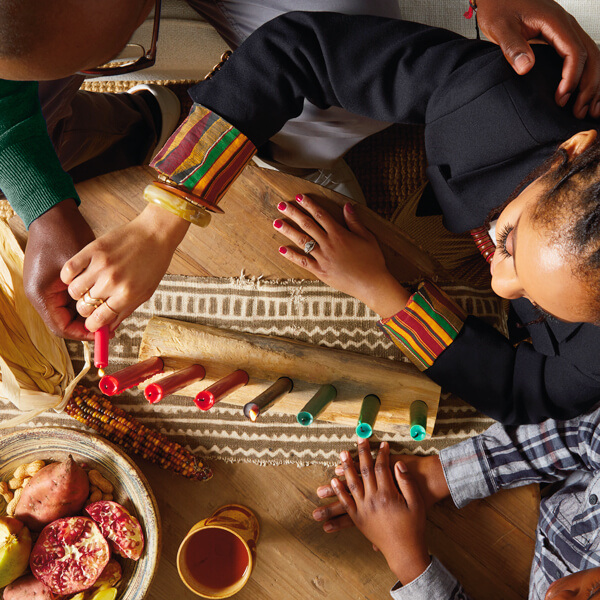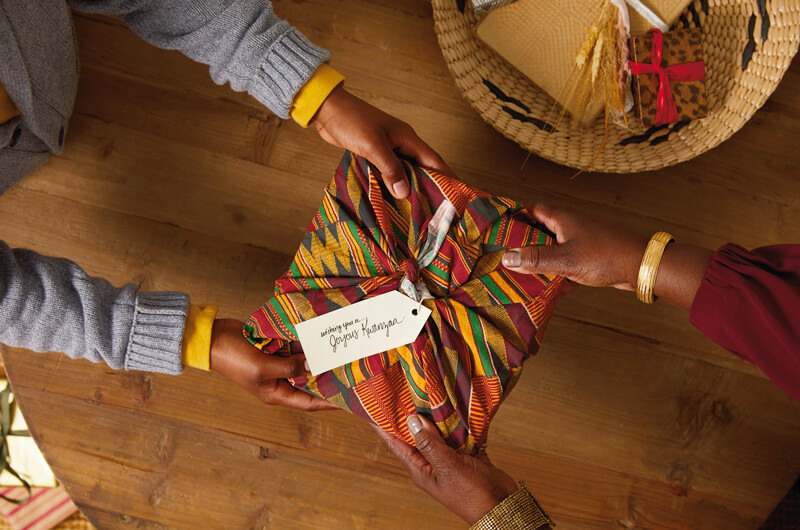Dr. Ron Maulana Karenga created Kwanzaa in 1966 as a way to help
Black families and communities heal from the painful racial unrest,
emotional distress and violence they’d experienced during the Civil
Rights movement. Mindfulness, reflection and healing for Black people
are built into the rituals and celebration of the holiday.
Black communities have embraced Kwanzaa as a way of connecting both
to their ancestral African origins and to other diverse Black people and
cultures in the African diaspora around the world.
One beauty of Kwanzaa is in how it brings generations together in a
joyous, celebratory and self-affirming holiday honouring Black family and
communal histories, experiences and culture with dignity.
As a way to counter the injustice of the past, the celebration of
Kwanzaa gives Black people an opportunity to positively see, value and
celebrate themselves in a society that has often struggled to do the
same.
Celebrated across the United States and around the world, this
empowering holiday experience echoes each year in Black homes,
communities, churches, historically black colleges and other public
spaces.
While Dr. Karenga did want to create a unique holiday specifically
for Black people, Kwanzaa is not a replacement for Christmas. Christmas
is a religious holiday, while Kwanzaa is a cultural one.
Many Black people are Christians who celebrate the birth of Jesus
Christ at Christmas time, and they also celebrate Kwanzaa. Many others
who are Muslim or of other religious faiths do not celebrate Christmas,
but they do observe Kwanzaa.


